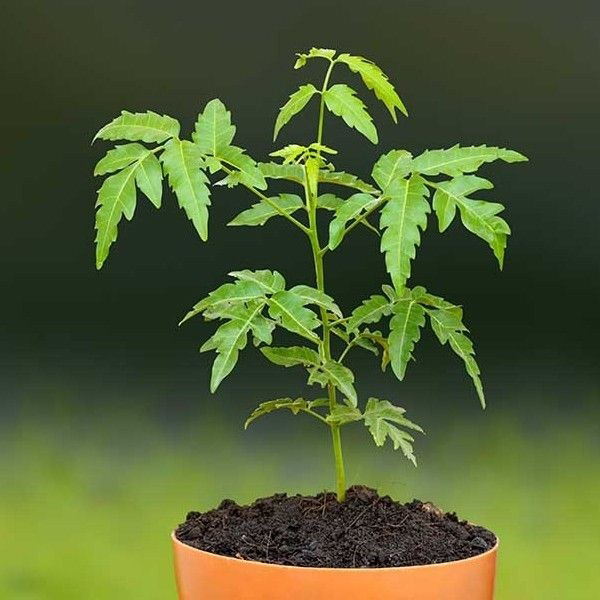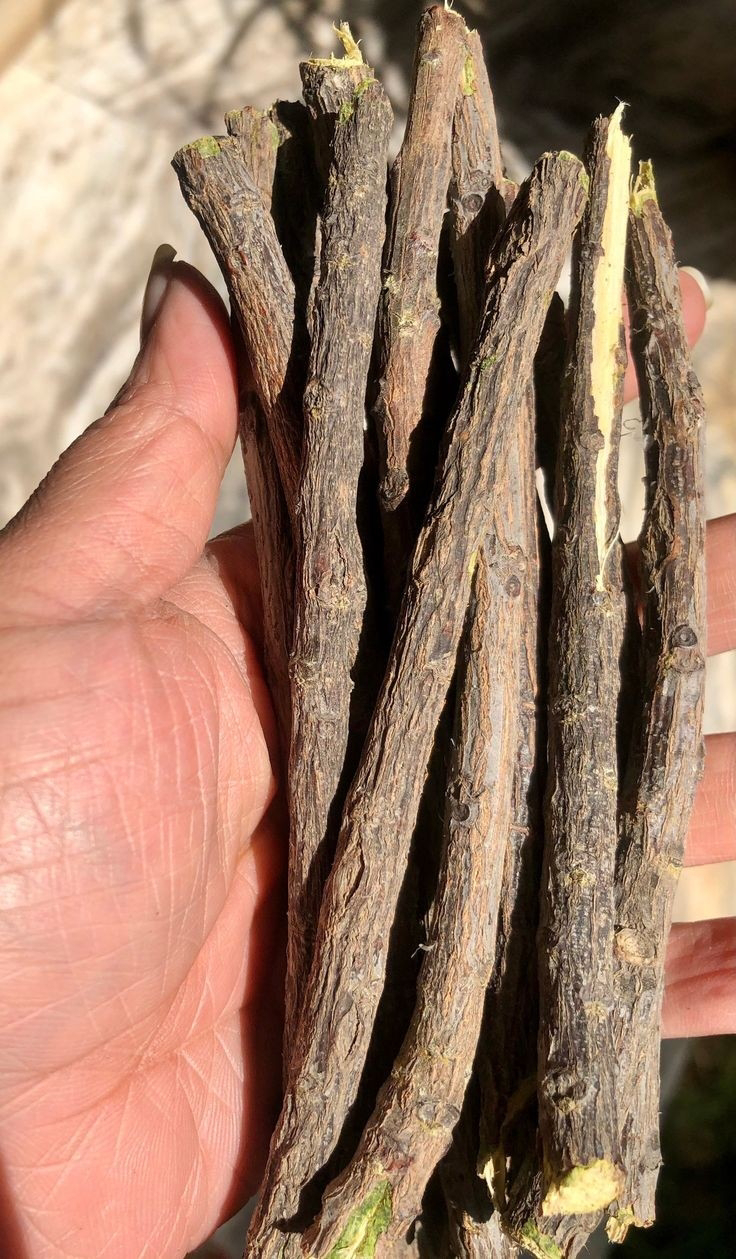The Neem tree, scientifically known as Azadirachta indica, is a versatile and highly valued tree native to the Indian subcontinent. It is considered a sacred tree in India and has been revered for its numerous medicinal, ecological, and agricultural properties for centuries. Here is some detailed information about the Neem tree:
Appearance: Neem trees are medium to large-sized evergreen trees that can grow up to 20-25 meters (65-80 feet) tall. They have a straight trunk with a dense, rounded crown and a spreading canopy. The tree has a grayish-brown, deeply furrowed bark.
Leaves: Neem leaves are pinnate, meaning they have multiple leaflets arranged in pairs along a central axis. Each leaf typically has 12-18 leaflets that are lance-shaped with serrated edges. The leaves have a bitter taste and a strong, pungent aroma.
Flowers: Neem trees produce small, white flowers that are fragrant and have a sweet scent. The flowers are arranged in clusters called panicles and bloom during the dry season.
Fruits: The Neem tree bears olive-sized fruits that are oval-shaped and yellowish-green when ripe. The fruit contains a single seed surrounded by a thin, fleshy pulp. The seed is covered by a hard, brown shell.
Distribution: Neem trees are native to the Indian subcontinent, including India, Pakistan, Bangladesh, and Nepal. They are also found in other tropical and subtropical regions of the world, including Africa, Southeast Asia, and Australia.
Medicinal Properties: Neem has been used in traditional medicine for centuries due to its various medicinal properties. Almost every part of the tree, including the leaves, bark, seeds, and oil, is used to treat a wide range of ailments. Neem is known for its antibacterial, antiviral, antifungal, and anti-inflammatory properties. It is used to treat skin conditions, digestive disorders, dental issues, and as a general tonic for overall health.
Agricultural Benefits: Neem is widely used in agriculture as a natural pesticide and insect repellent. Neem extracts and oils are effective against a variety of pests, including insects, mites, nematodes, and fungi. They are also used as a fertilizer, promoting soil health and enhancing crop productivity.
Environmental Importance: Neem trees play a vital role in the environment. They have a high tolerance for arid conditions and can grow in poor soil. The dense canopy provides shade and helps reduce soil erosion. Neem leaves and other plant parts are used as organic mulch, enriching the soil and promoting water retention.
Industrial Applications: Neem oil, derived from the seeds of the Neem tree, is used in various industries. It is an ingredient in cosmetics, soaps, shampoos, and personal care products due to its moisturizing and antibacterial properties. Neem oil is also used in the manufacturing of biopesticides, lubricants, and industrial chemicals.
Cultural Significance: Neem holds a significant place in Indian culture and is considered a sacred tree. It is often planted near temples and homes for its auspiciousness and believed spiritual benefits. Neem leaves are used in religious ceremonies, and its branches are used to make brooms for cleaning purposes.
Overall, the Neem tree is a remarkable plant with diverse applications and benefits. Its medicinal properties, agricultural uses, and environmental importance make it an invaluable resource for sustainable living and natural remedies.











Comments
Post a Comment